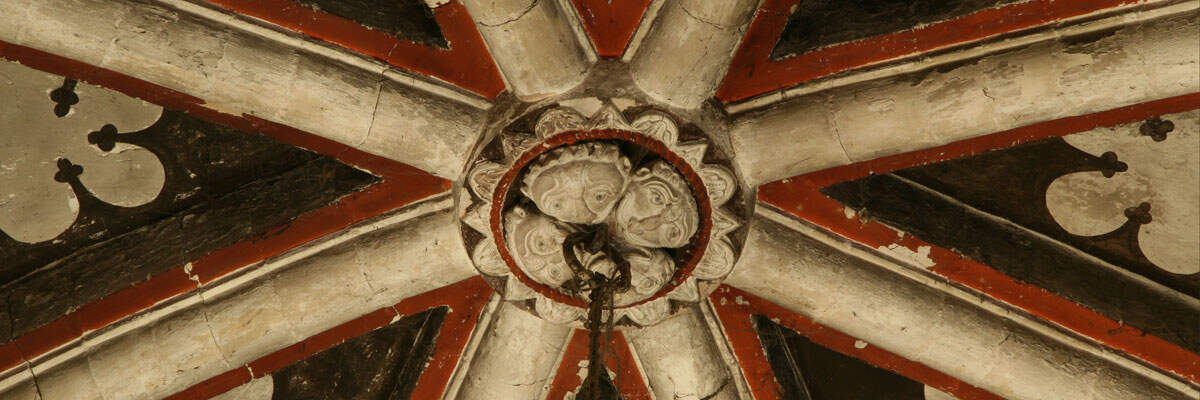Though Wardley is not even mentioned in Domesday Book, the pre-conquest origin of the church is clear from its being mentioned in a grant by Edward the Confessor, and its dedication to the Anglo-Saxon St. Botolph, patron saint of boundaries and travellers. The church of Wardley, along with the chapel of St. Peter, Belton-in-Rutland which was appurtenant to it, was granted by Edward the Confessor to Westminster Abbey. Though this gift was confirmed by William the Conqueror in 1067, in the early 12th c. Richard Bassett and his wife Maud granted the advowson of St. Botolph’s to their newly founded priory of Launde in Leicestershire; this gift was confirmed both by Henry I and Henry II and the advowson of the church remained with Launde until the Dissolution.



